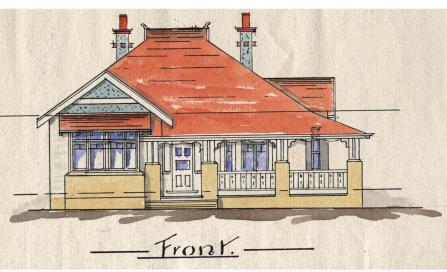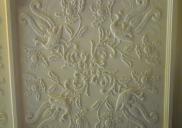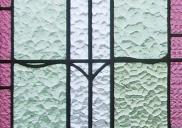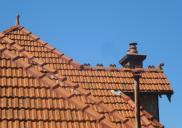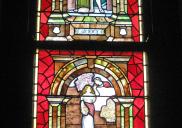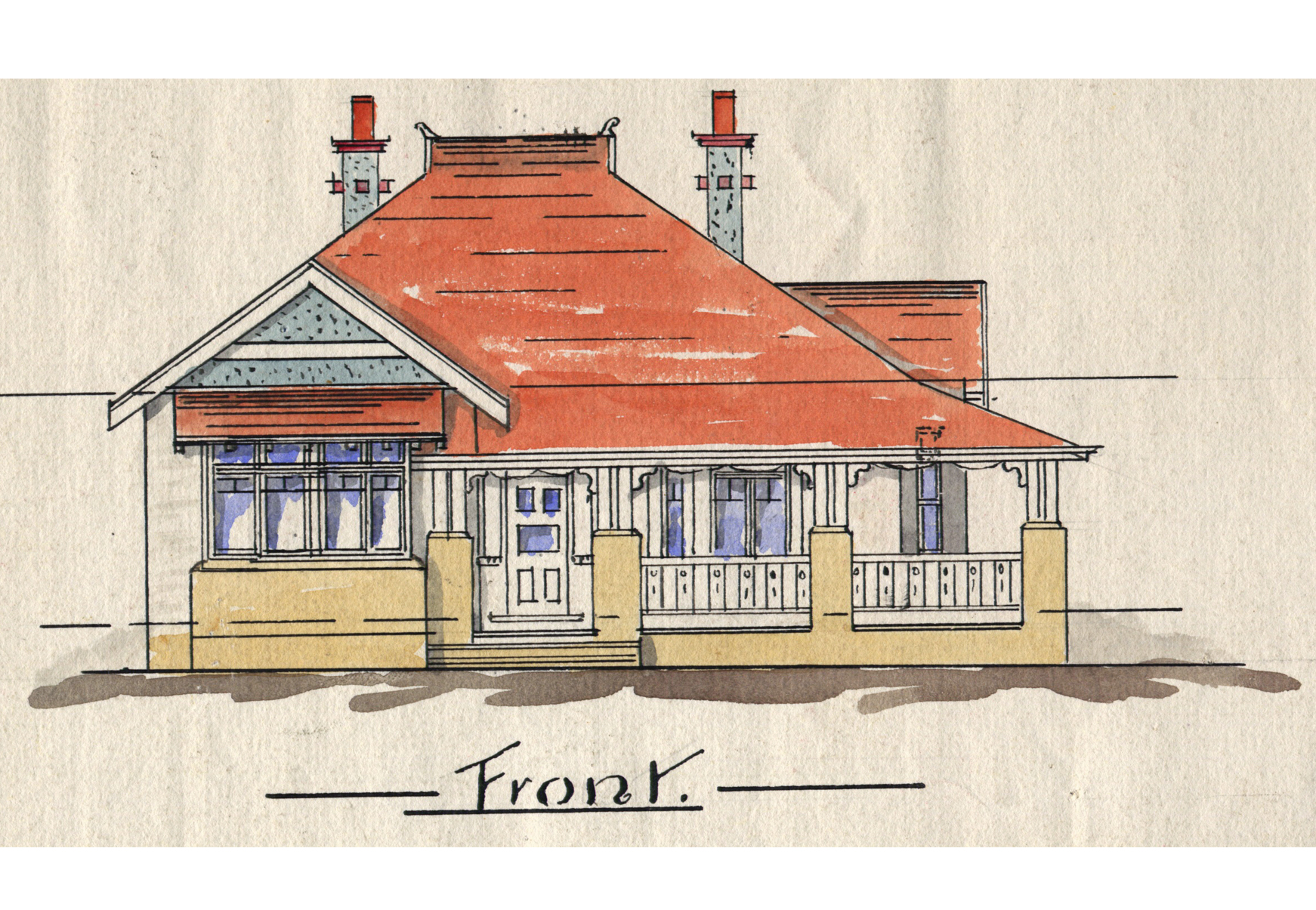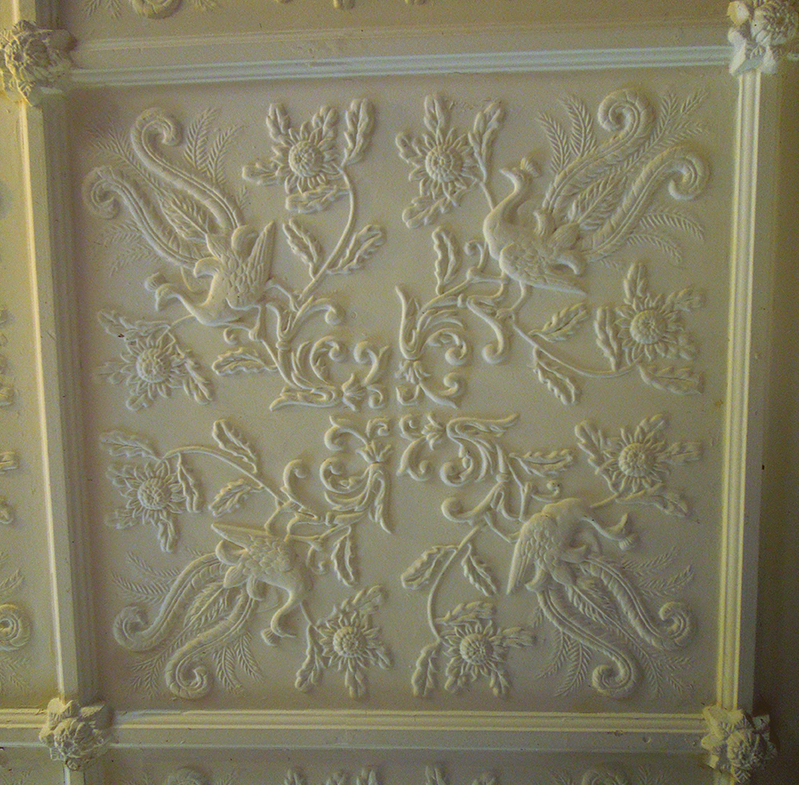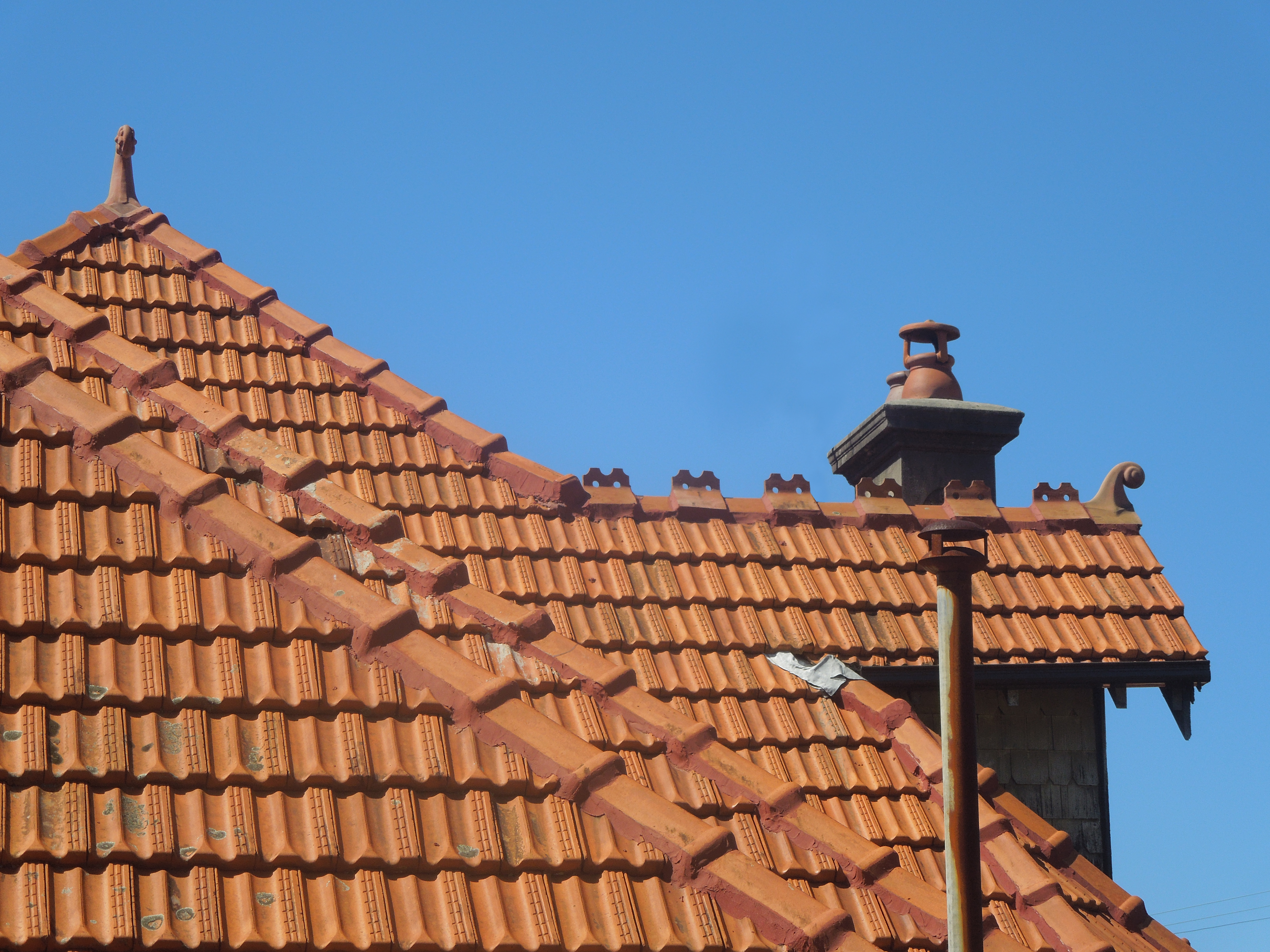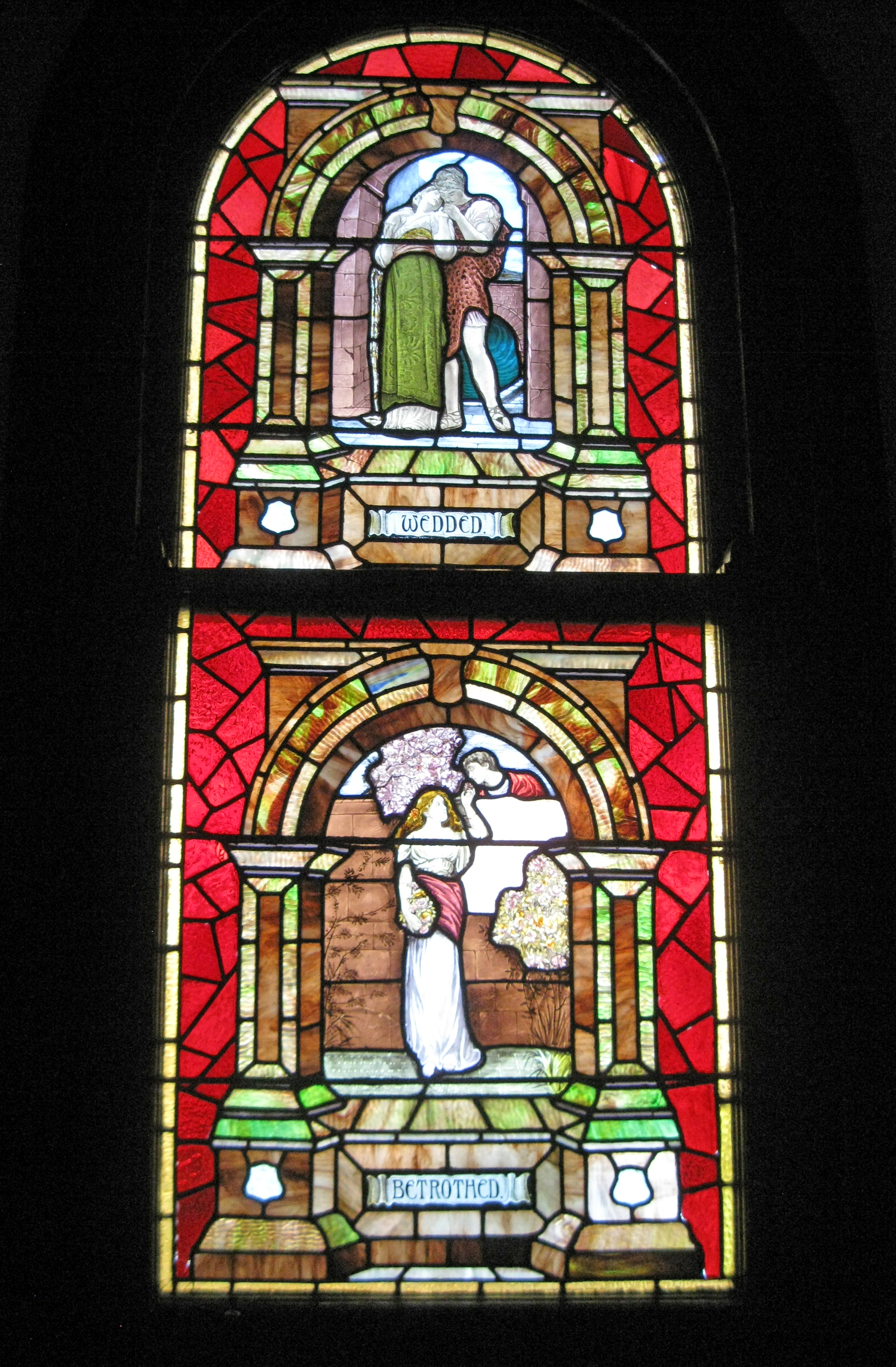|
English Revival/Federation styleThe architectural style that is often referred to as ‘Federation’ is one of Sydney’s characteristic house forms.It is typically indentified by red terracotta roof tiles, unpainted red brick walls, decorative timber detailing of varying complexity and high pitched gabled roof planes. The name ‘Federation’ is derived from the period in which this broad style was most popular – the decades before and after the Federation of Australia’s colonies in 1901 and the consequent establishment of the Commonwealth of Australia. The architectural historians Richard Apperley, Robert Irving and Peter Reynolds have divided ‘Federation’ domestic architecture into several sub-styles. The most common in North Sydney are ‘Queen Anne’, ‘Arts and Crafts’ and the ‘Federation Bungalow’. At Home in North Sydney employs the broader descriptive term English Revival/Federation to avoid too much detailed description. Paradoxically, given the association with the formation of the Australian nation and the related rise of a distinctive national identity, all the Federation styles draw inspiration from contemporary English Revival architecture. Occasionally Australian motifs in the form of native flora and fauna, such as Lyre Birds or the distinctive Waratah and Flannel flowers, were used in stained glass or patterned plaster ceilings in these Sydney homes. But the overall adoption of the English Revival aesthetic is indicative of the strong cultural influence of the centre of Empire over the city at its far periphery. The English Revival movement gained popularity in Britain in the mid to late 1800s as it looked for inspiration to vernacular examples of English architecture rather than to classical or continental styles. The work of AWN Pugin and John Ruskin in popularising Gothic architecture in the first half of the 19th century, laid the groundwork for others to use design elements and motifs derived from early-English and medieval homes, churches, farm houses and fortifications. Where classical architecture emphasised the importance of symmetry, English Revival celebrated variability – sometimes referred to as the aesthetic of the ‘picturesque’. Exteriors tended to be asymmetrical with elements such as a turret or unexpected circular window added for interest and delight. In this respect English Revival architecture was a reaction against a formulaic and predictable Georgian classicism. The aesthetic can also be seen as a rejection of the modern world of darkened cities, factories and mass production in that it celebrated traditional craftsmanship through the varied use of materials such as stone, brick, shingle and timber. Fine detailing and natural ‘organic’ shapes - flowers in particular - were important. Contemporary North American architecture, too, was influenced by this craft revival. It, in turn, influenced aspects of Australian architectural design, particularly with the local adoption of the wall hung timber shingle. These were widely used in Neutral Bay from the late 1800s to the first decades of the 20th century. The Queen Anne style took its name from the British monarch of late 17th century but, in reality, derived inspiration from the Tudor and other earlier periods. In Sydney its clearest identifying features are tall striated brick chimneys, striped Tudor-style batons on gables called half timbering, overhanging upper-storey windows called oriels and ornamental timber work particularly on verandahs. Richard Norman Shaw was its most influential British exponent in the late 19th century. Even more than Queen Anne, Arts and Crafts celebrates the artisanship of the carpenter, bricklayer, mason, plasterer and glazier. It placed added emphasis on the variation of materials. But the elements of the design tend to be less flamboyant and overtly historical than those in Queen Anne. The rough-cast wall is an important component of the style, adding another form of natural finish. The designer William Morris is most often associated with this movement in Britain. The Federation Bungalow style employed design elements of the other two styles but usually in a simplified fashion. It was typically single storey with emphasis on the verandah; the element that characterised the original bungalow derived from colonial India. The most notable exponents of English Revival/Federation architecture in North Sydney were Walter Liberty Vernon, Edward Jeaffreson Jackson, BJ Waterhouse, Burcham Clamp and Donald Esplin.
|
|

